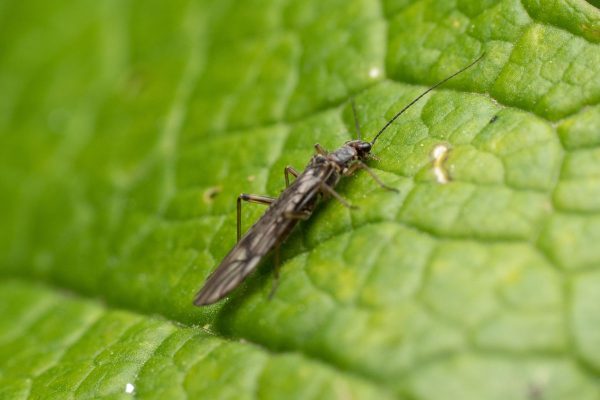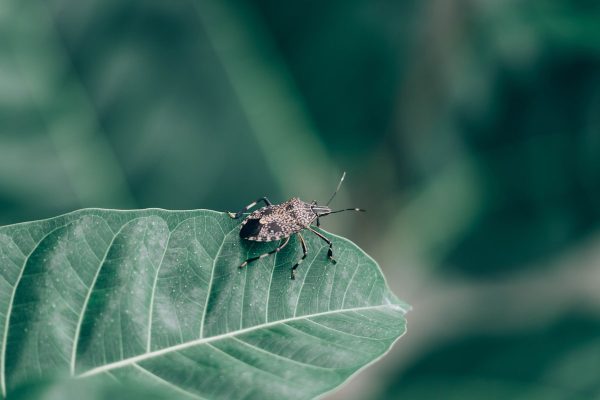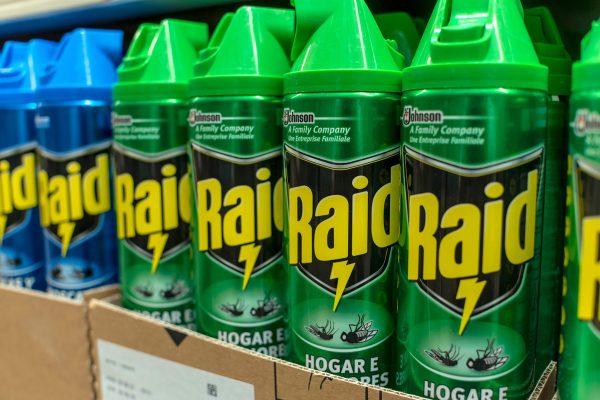Fungus gnats and their larvae eat into soil nutrients, humus contents, and plants in the garden or greenhouse. Getting rid of gnats might be difficult, but can you use insecticides like spinosad to get rid of them? We have carried out some research and here are reliable answers we found.
Spinosad can help you kill the larvae of gnats if you follow the right procedure during application. It is made of an active bacteria used in organic/cultural practices to eliminate the young gnats. And also, they are not toxic to use on edible plants too.
Several chemicals developed to kill fungus gnats have proven abortive since the fungus can be intrusive. Keep reading as we talk about how spinosads work to get rid of gnats and how to deal with plants infected with gnats.
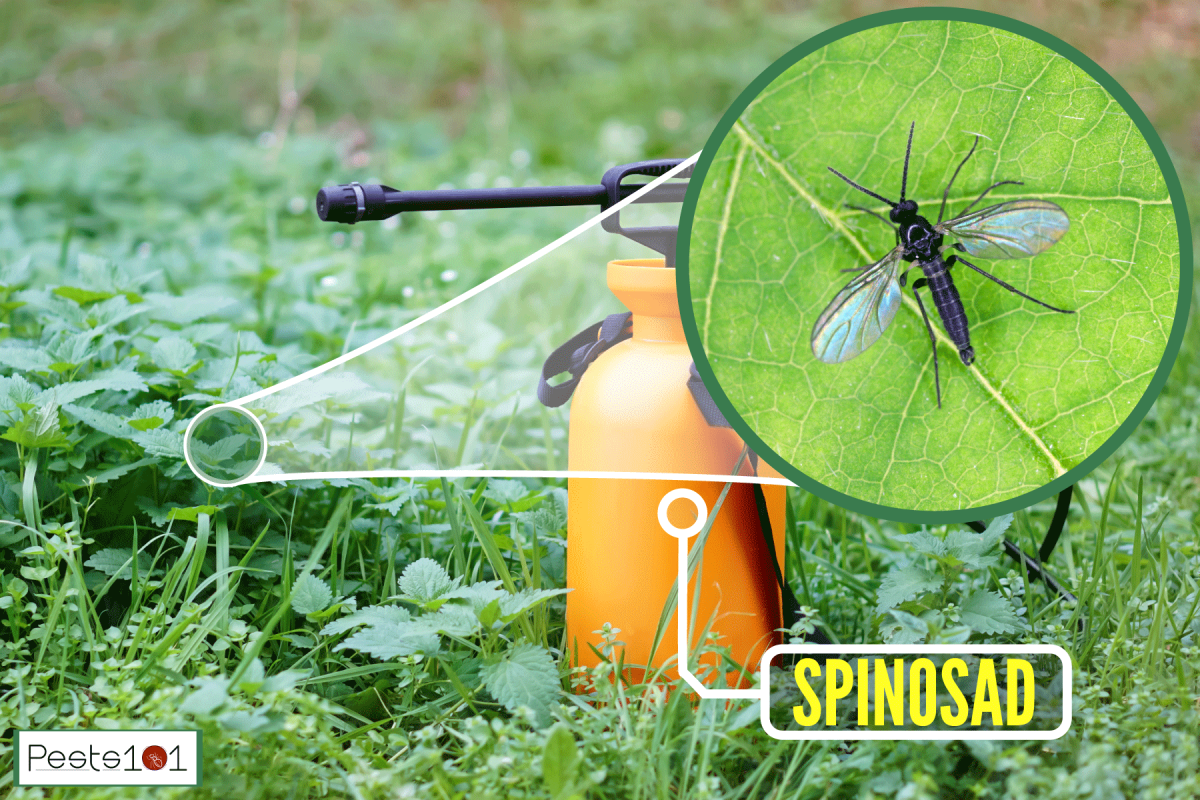
What Are Fungus Gnats?
Fungus gnats are flying insect pests that attack indoor houseplants. They get into your soil pots, jars, or garden and then destroy all the flowers and edible plants.

The only reason they mainly attack indoor house plants is that they attract a small portion of soil with adequate moisture and are rich in organic nutrients. Frequently, they lay about 200 eggs around in the soil, and these eggs diminish the ease of growth for the plants.
The eggs aren't the ones to destroy the plants, though, it is the larvae. After three days, eggs grow into larvae. The larvae feed on fungus and organic matter, which you will find in the roots of most homegrown plants.
Within 14 to 15 days of causing harm to your plants, they grow into adult insects that can now fly around. In a week, they are back before their lifetime ends within a week. That means the cycle continues within the ecosystem of your garden and houseplants.
How Fungus Gnats Attack Plants
The insect pests spread a common type of disorder in houseplants. This causes the spread of Pythium, damping-off leaves around seedlings, and even ruining them if not properly tended.
There are several types of fungus gnats, and not all have a primary certainty of destroying the elements that will help in the adequate growth of a plant.
The Sciaridae are the harmful ones. And others include the Bolitophilidae, Diadocidiidae, Ditomyiidae, Mycetophilidae, and Keroplatidae, the types are not harmful.
Gnats are insect pests that destroy the roots and stems of plants in a garden. They multiply in your garden and get spread even by your watering system.
You have to water your plants, and there is probably little you can do about their growth unless you get them destroyed once and for all. In short, getting rid of them and protecting your plants against them is the only way to prevent them from attacking your plants further.
Fortunately, they are not harmful to human health. But the yield of the plant you have spent a lot on eventually might not be worth it. Hence, you can lose money.
Does Spinosad Kill Fungus Gnats?
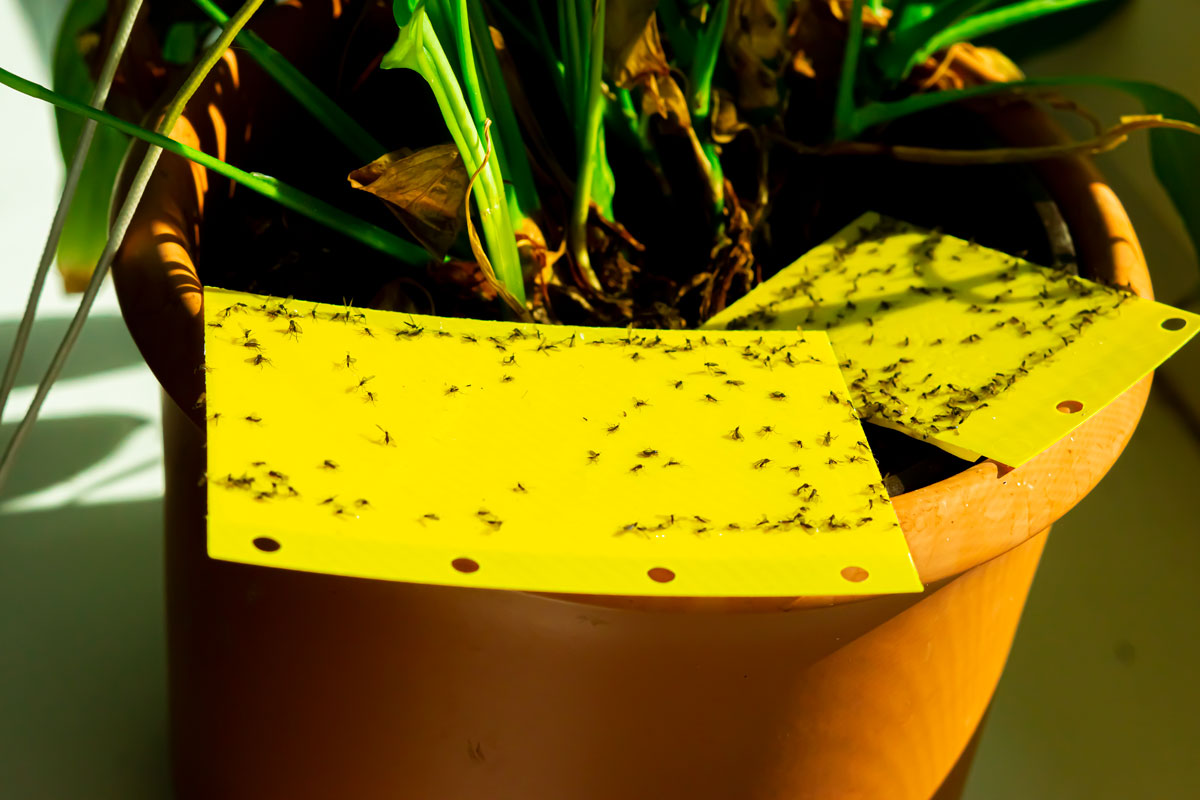
Spinosad can be used to kill fungus gnats. It is a bacteria-made chemical used to eliminate fungus gnats and their larvae on the soil. You can always put spinosad in your watering can.
So, anytime you want to water your plant, any gnats larvae around would be destroyed. Also, you can use spinosad with a yellow peel to get rid of the adult fungus gnats.
What Kills Fungus Gnats Instantly?
If gnats should go near spinosad sticky traps, then they are going to die instantly. You can run this sticky substance on your plant leaf. Once they settle, they die there immediately.
Meanwhile, yellow sticky traps can be divided and thrown around the soil to also attract fungus gnats.
What Kills Fungus Gnats In Houseplants?
Here are the most effective ways to get rid of fungus gnats in houseplants:
- Leave the upper part of the soil to dry because they can't thrive in dry areas.
- Mix isopropyl alcohol, water, and dish liquid together. Then, spray it on the plant and the soil around it.
- BTI or Gantrol are organic chemicals that can immediately help you get rid of fungus gnats.
- Hydrogen peroxide and water mixed in the right proportion can help to destroy the larvae immediately.
What Spray Kills Gnats On Contact?
Several sprays can kill gnats instantly, but then you can use the Pyrethrin sprays. The Pyrethrin sprays can help rid larvae and the adult gnats.
Moisturize the top of the soil for a while so that the gnats would be attracted to the surface. You can use your hand to sprinkle the water, and with a glove, you can just mix the top with the water a bit to form a mist.
Then spray the Pyrethrin chemical on it. Although it is not harmful to edible plants, just make sure it's sprayed in the right proportion. After that, leave the soil to dry to at least 2" below the soil level before watering the soil again.
If at all you would like to reapply anytime soon, wait for 3 to 4 weeks later before reapplying the Pyrethrin chemical.
How Do You Get Rid of Fungus Gnats in Potting Plants?
If you have noticed fungus gnats in your potting soil, here are some of the things you could do:
- Place potato chunks in the soil because fungi have an affinity to potatoes. They will become attracted to the potato chunk and will probably die out in the meantime.
- Mix vinegar, dish soap, baking soda, and water together in adequate proportions. Then spray it on the soils in the pot.
- You can also choose to change the pots and then replace them with one that is more porous and clean.
Should I Re-pot A Plant With Fungus Gnats?
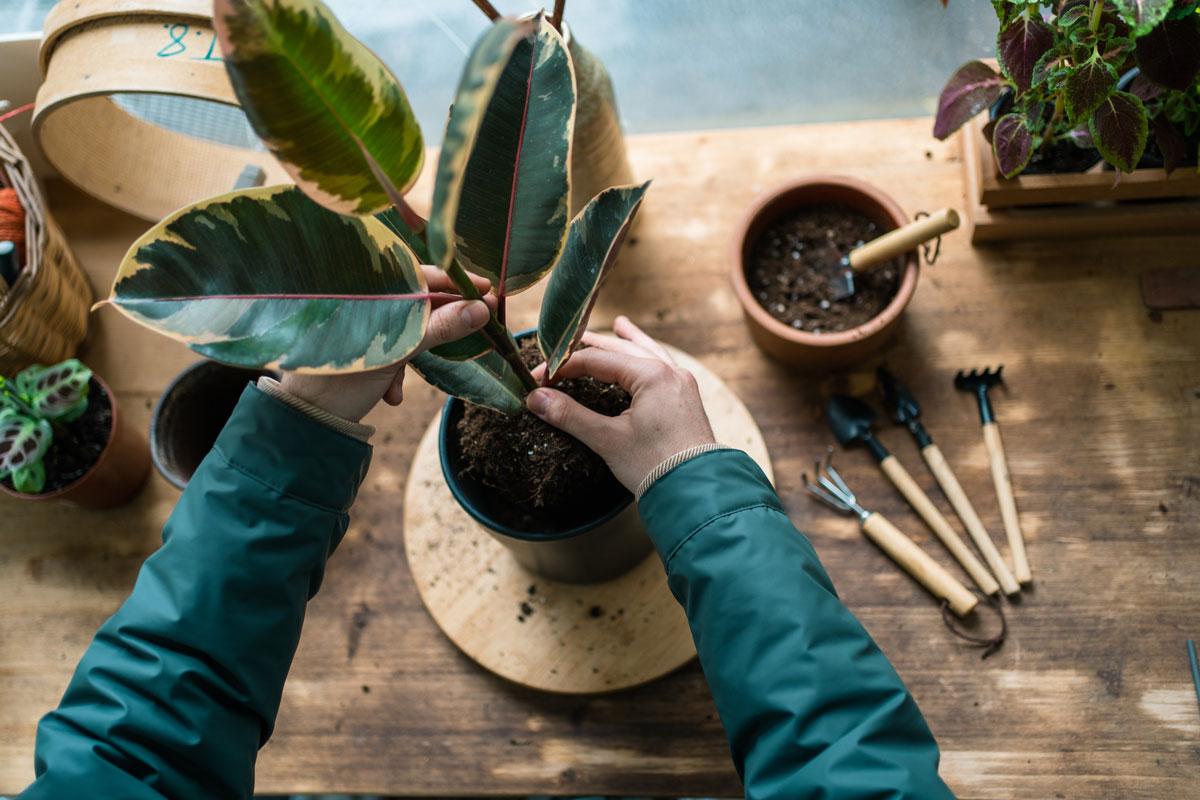
If your plants are already under the attack of fungus gnats, re-potting can help bring back the life of your plants. When you re-pot, you will only have to uproot the plant from the former pot to the new one.
However, those plants you will uproot are still viable and healthy. The rotten plants and remains can be kept out since they already have the shoots of the fungus gnats.
One tip you should take note of when replacing with a new pot is to choose a clean pot that will allow water to drain out quickly. A good pot has breathing space that is not for air alone but also for water.
And if you add too much water to the soil while watering, when you change the pots, you should reduce the amount of water you apply because the larvae of fungus gnats only thrive well in wet conditions.
Should I Throw Away Soil With Gnats?
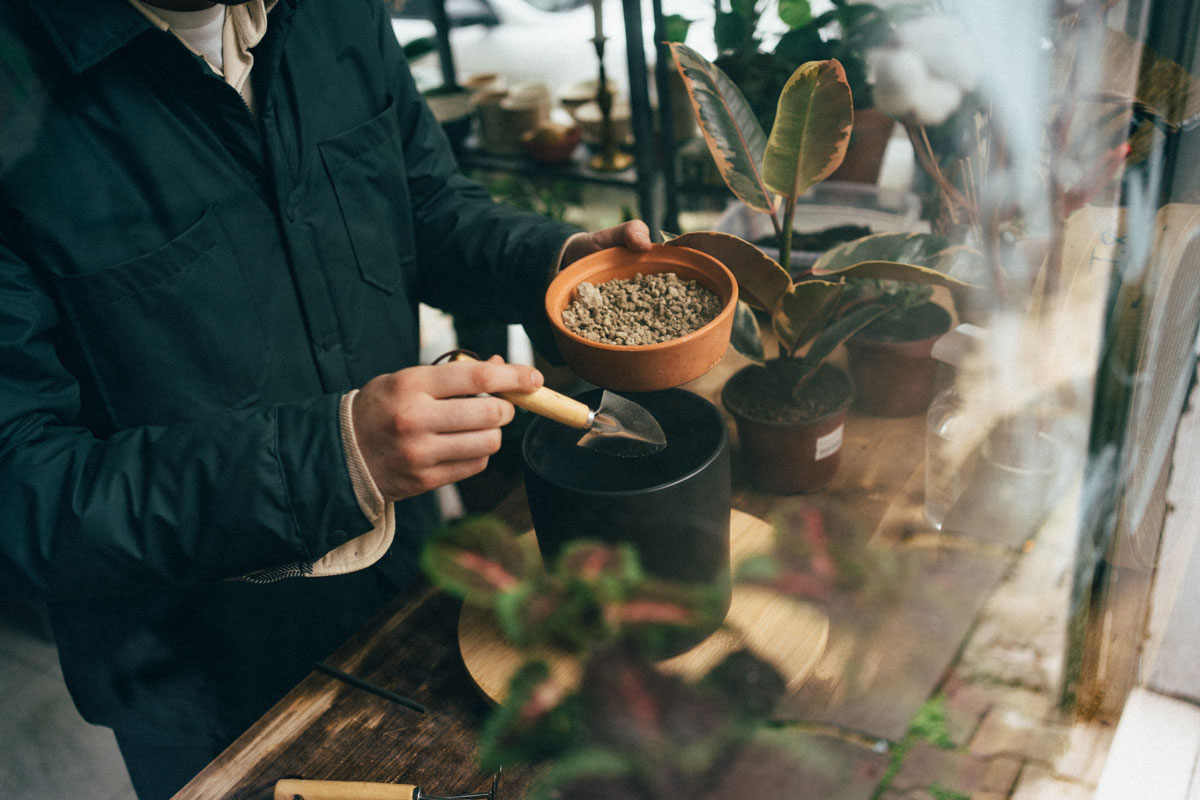
You only need to throw away the soil with gnats if they are already too infected, and any seedling that starts to grow on it will be infected too. However, since they can be treated easily, getting rid of them shouldn't be the first thing you should think of.
If you already have a complete grown plant in that soil and you are not sure about how bad the infestation of gnats is on the soil, remove the top layer of the soil.
Add a fresh one immediately, and then cover it with sand. Don't water it yet, until after the soil below has dried out. Even the fungus gnats will dry out with it.
If you are ready to get rid of fungus gnats in your garden soil, do not hesitate to make use of spinosad. These sets of organic bacteria are mistaken for the normal microorganism fed on by the gnat. Hence, they feed on the spinosad and get eradicated.
Can Fungus Gnats Egg Survive in Dry Soil?
Periodically, gardeners or anyone that loves to nurture homegrown plants is advised to make sure the soil is dry before watering again. Once in a while, you must make sure the soil is completely dried and hard before continuing routine watering.
This is to prevent eggs and larvae that breed on the moist soil from fostering and harming the plants. Even the fungus gnat cannot survive when the soil is dry. Other insect pests like them can also be controlled once the soil is dry.
Even with caution, only the topsoil might dry. The root will still be able to touch the moist soil, which is always beyond the reach of the Fungus gnat. Hence, the root becomes hydrated while the fungus gnat becomes dehydrated and eventually vanishes.
Conclusion
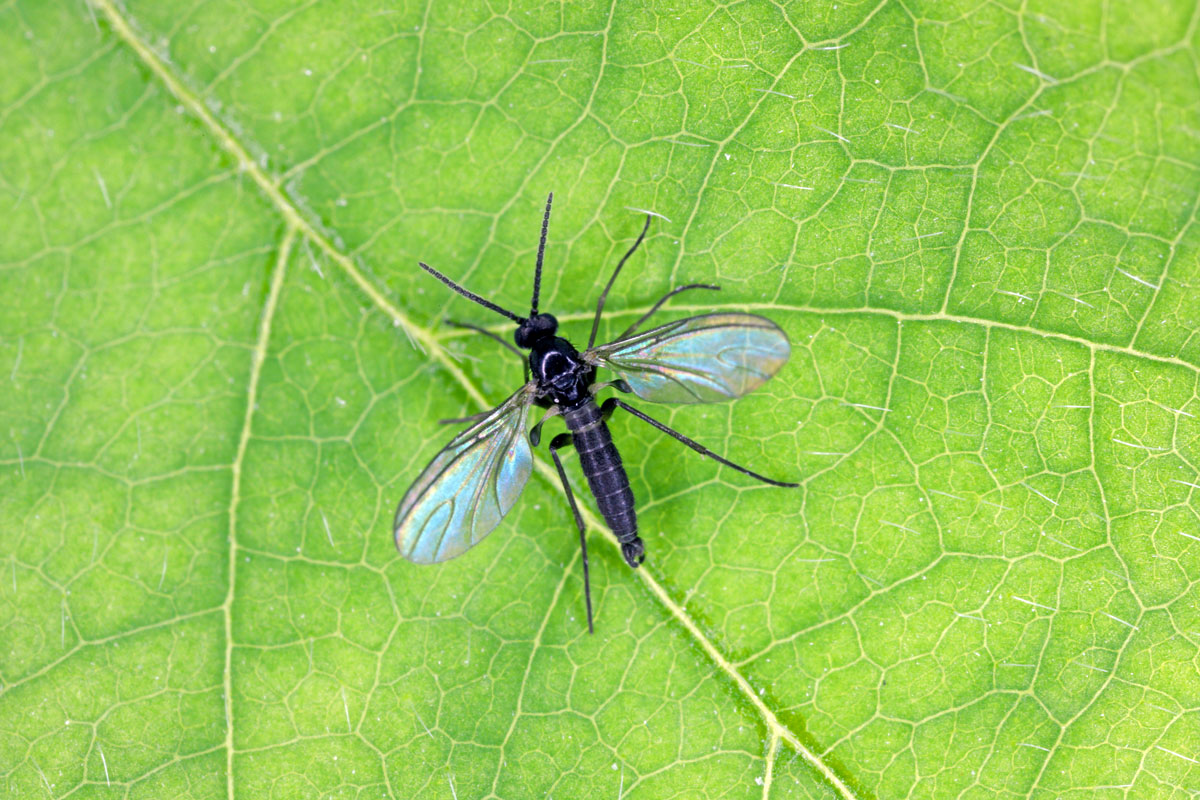
Even though spinosad works, it is still very important for you to keep this fungus gnat out of the reach of your plants. Protect your garden first because before they get noticeable, the damage might have already become uncontrollable.
Read more interesting articles about different home and plant pests below:

